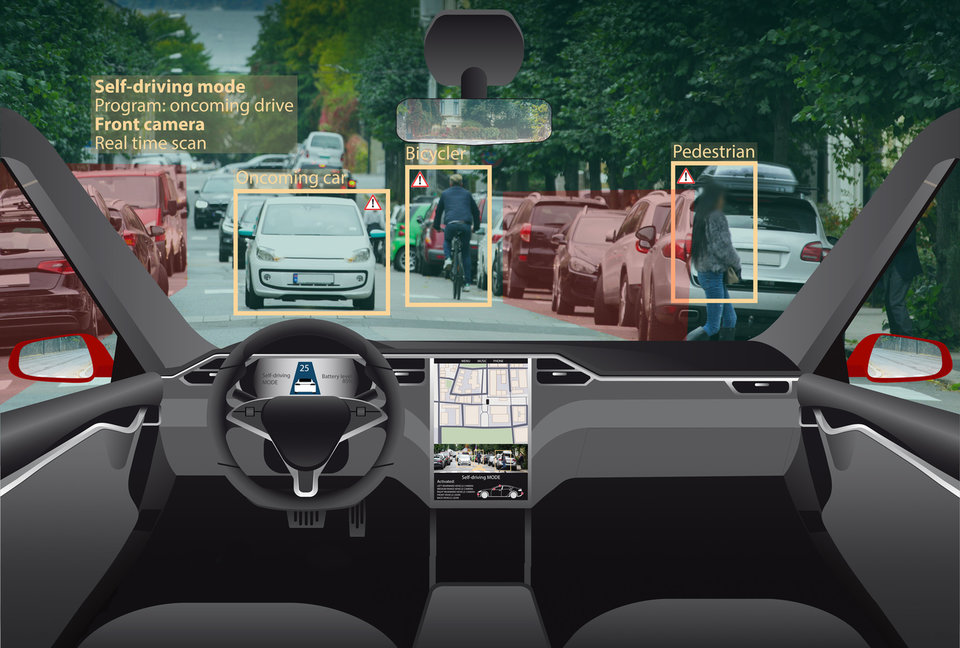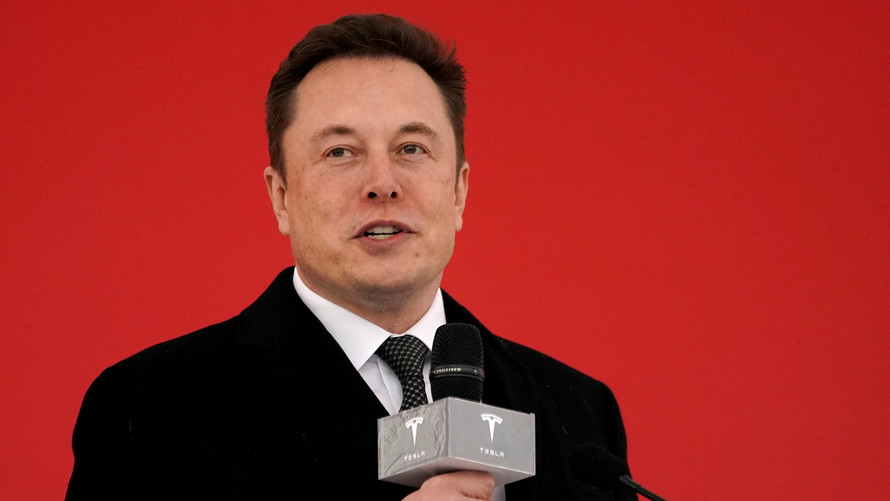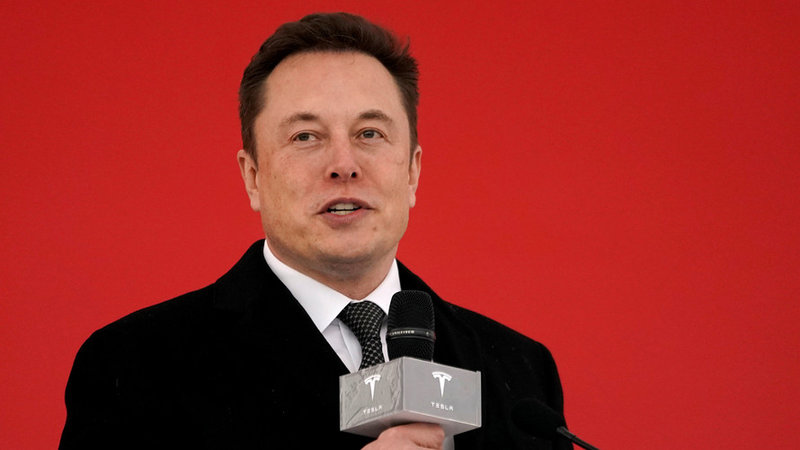
Tesla’s Self-Driving Car Owners Can Earn Money via Airbnb model, claims Musk
Tesla CEO Elon Musk claims owners will be able to earn up to $30,000 per year by renting out their own self-driving cars – from next year.
Image copyright:
Scroll down or swipe up to read more
During the Tesla Autonomy Investor Day yesterday, Tesla’s CEO Elon Musk set out a new and more aggressive timeline for the company’s so-called Level 5 of the autonomous driving car capability scale – cars that are so intelligent, they can drive themselves anywhere, without any human assistance.
The investor event and associated presentations were streamed live, and attracted much attention from the media, thanks to a spoiler Tweet Musk posted ahead of the event:
"On April 22, Investor Autonomy Day, Tesla will free investors from the tyranny of having to drive their own car."
spoker
Within his presentation, Musk gave more detail to that promise. According to Musk, we’ll start seeing these fully autonomous cars on the road from next year, 2020.
But there was more.
During the conference, Musk also set out a vision for a fleet of networked, fully-autonomous, self-driving taxis from which Tesla car owners may also contribute, and profit, by allowing their own self-driving car to be used as a robo-taxi for a fee when not in use personally. Musk described this program as an online marketplace model comparable to Uber or Airbnb.
He also claimed that a year from now, Tesla will have a fleet of over a million self-driving robo-taxis out on the US road, dynamically augmented by personal cars, as and when the owners choose. He estimated that participating in this program model generate up to USD 30,000 per year for Tesla car owners.

Tesla CEO, Elon Musk. Image copyright: Reuters

Tesla CEO, Elon Musk. Image copyright: Reuters
To be sure, the pressure is on for Tesla to crack the Level 5 code for full, and safe, autonomous driving before its key competitors, and much of Musk’s presentation bravado yesterday was about assuring the investor community that both the new Tesla microchip – codenamed the Full Driving Chip – was designed with that goal in mind.
Still, Musk has gotten into trouble before for setting, and failing to meet, overly-ambitious product development timelines, and some investors and critics have already voiced skepticism over his latest claim that Tesla cars with Level 5 autonomy will be on the road from next year, particularly in the light of a handful of high-profile recent crashes and the amount of regulation required to govern the new fully self-driving robo-taxi community.
